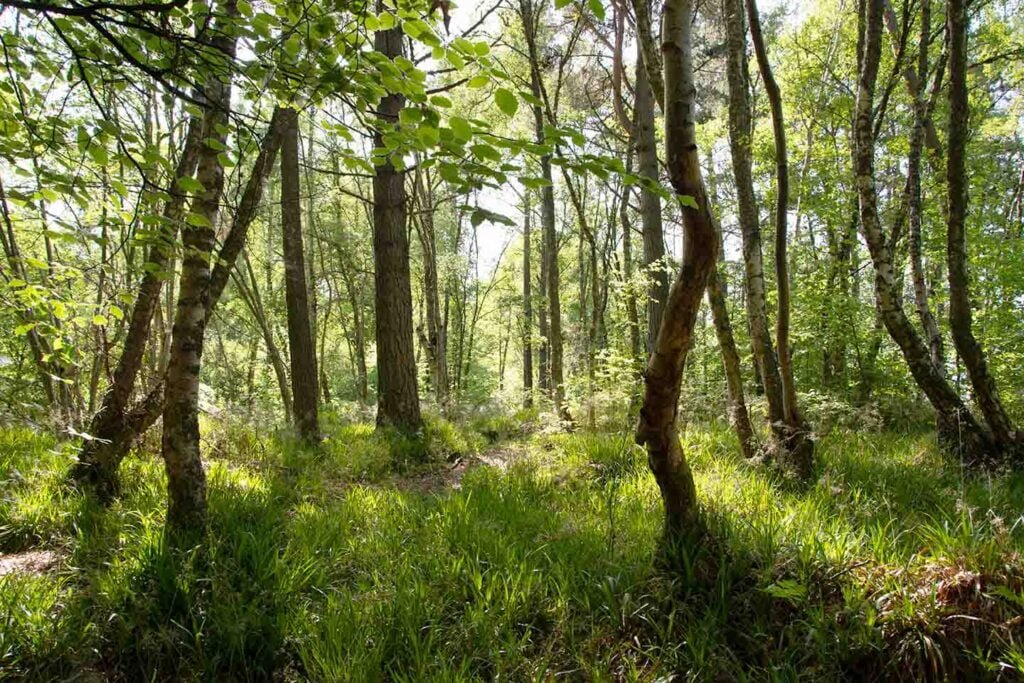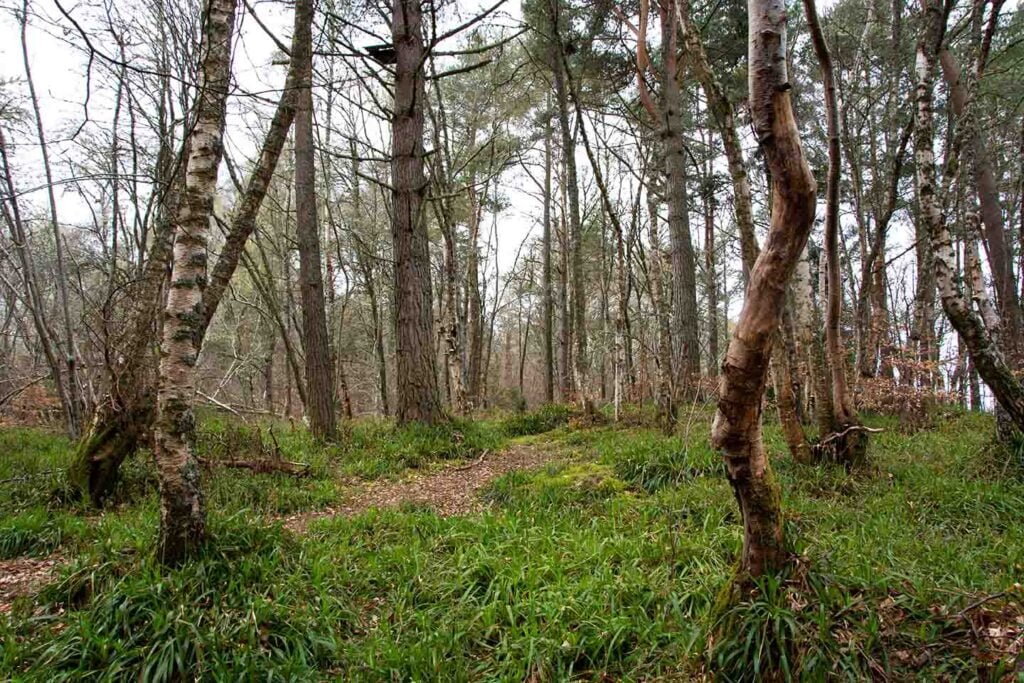Different Habitats
This blog was originally published on:
20 April 2023
and subsequently modified on:
4 November 2024
Table of Contents
The Lush Native


The Barren Beech


Woodland Bench / Nursery Tree

If you want to visit the official Maryburgh Community Woodland site please click on this link
This blog was originally published on:
20 April 2023
and subsequently modified on:
4 November 2024

